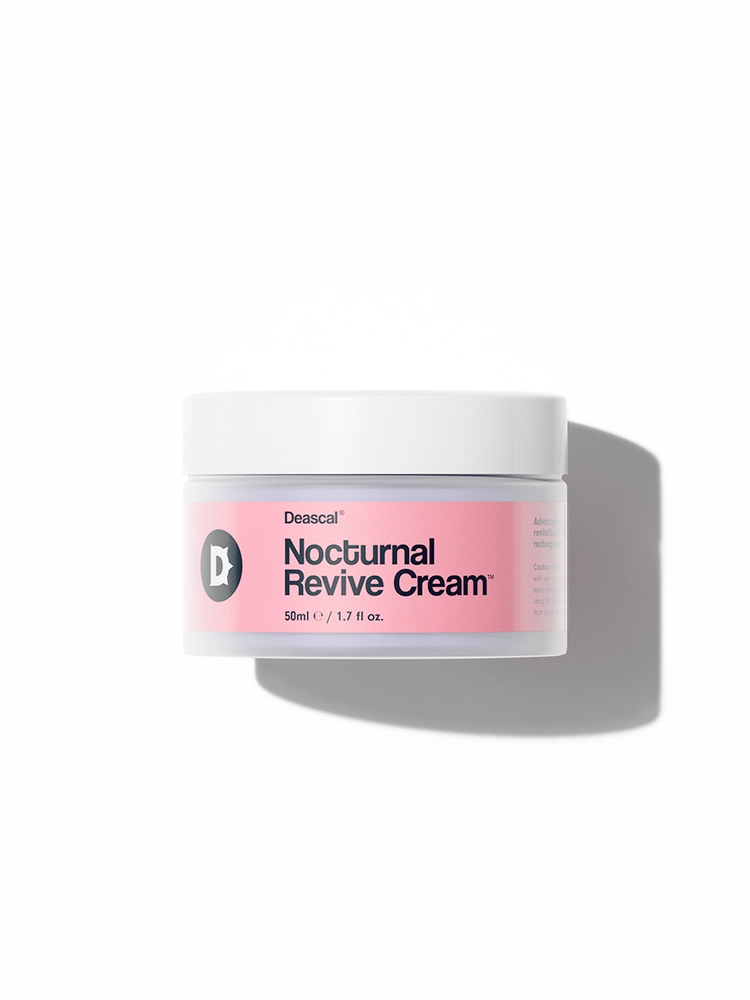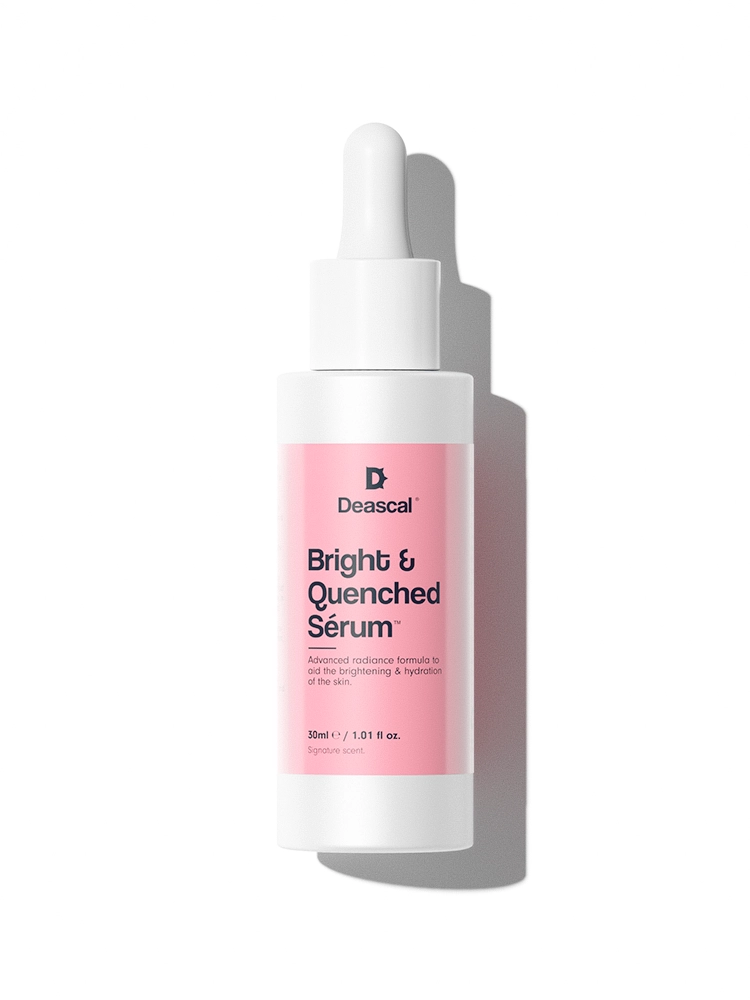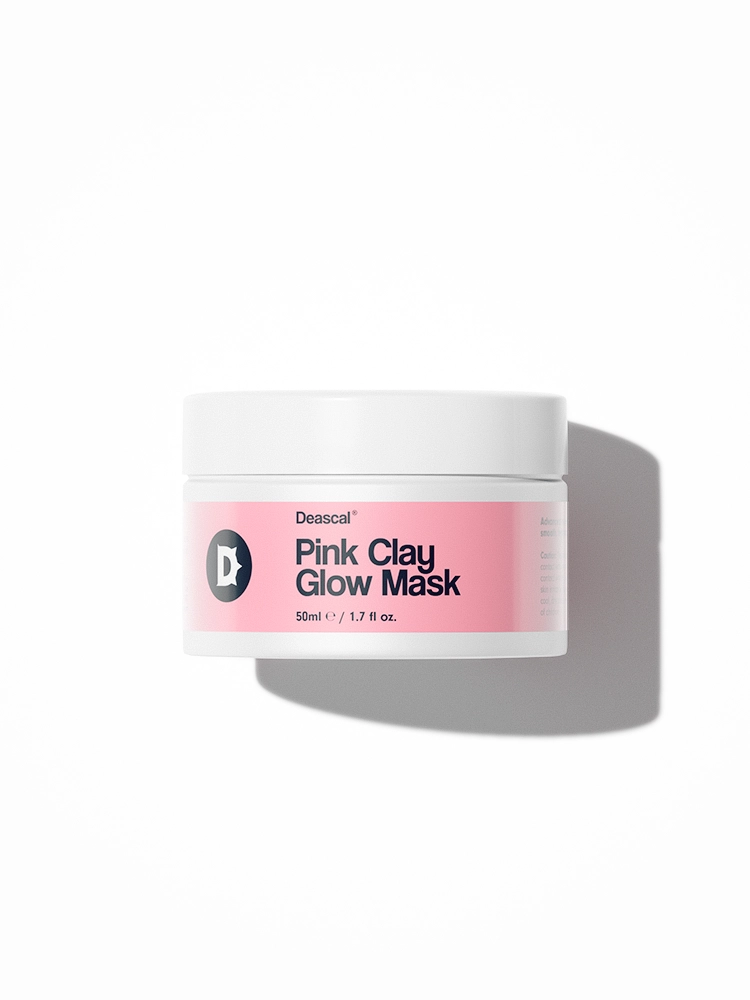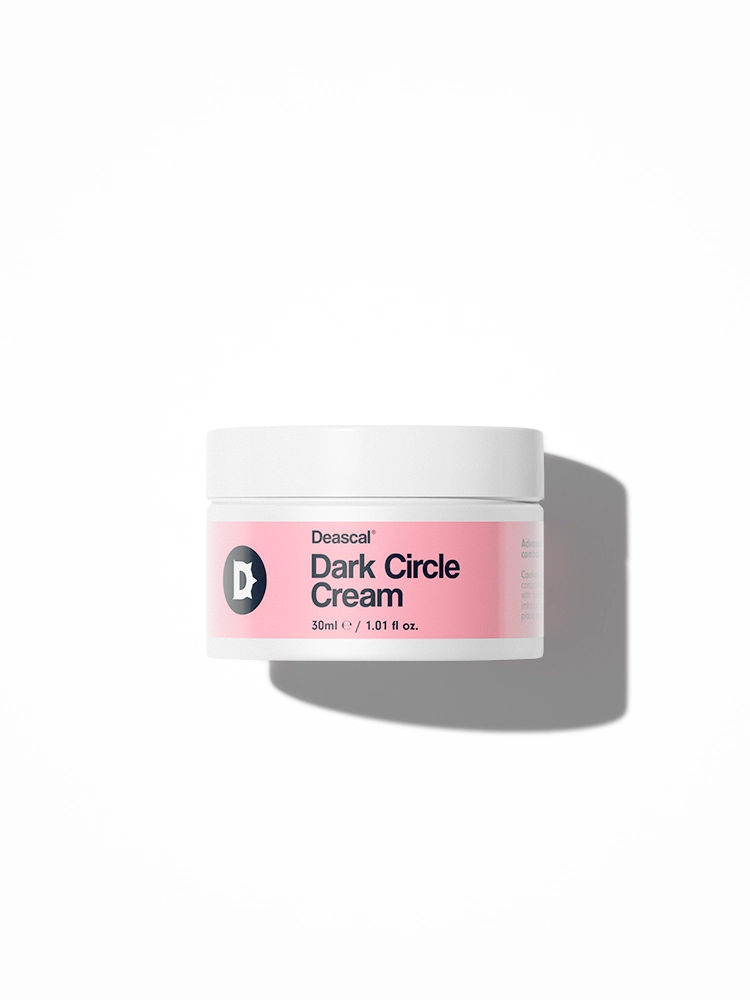What Is Heptadienal?
Heptadienal, also known by its chemical name (2E,4E)-Hepta-2,4-dienal, is a compound primarily used in the cosmetic industry for its perfuming properties. This ingredient is a type of aldehyde, which is a class of organic compounds characterized by the presence of a carbonyl group bonded to a hydrogen atom. Heptadienal is particularly valued for its ability to impart a fresh, green, and slightly citrusy aroma to various cosmetic products.
The history of Heptadienal in cosmetics is relatively recent compared to other traditional fragrance ingredients. It was initially identified and isolated from natural sources such as certain plants and essential oils. Over time, its unique scent profile caught the attention of cosmetic chemists and perfumers, leading to its adoption in a variety of beauty and personal care products. The compound’s ability to blend well with other fragrances and enhance the overall olfactory experience made it a popular choice in the formulation of perfumes, lotions, and other scented products.
The production of Heptadienal typically involves synthetic methods, although it can also be extracted from natural sources. The synthetic route often includes the controlled oxidation of specific hydrocarbons, resulting in the formation of the desired aldehyde. This process allows for the large-scale production of Heptadienal, ensuring consistency and purity, which are crucial for its application in cosmetics.
The Benefits/Uses of Heptadienal
In this section, we will delve into the officially recognized cosmetic benefits and uses of Heptadienal:
Perfuming
Heptadienal is primarily used in cosmetics for its perfuming properties. This means that it is added to products to impart a pleasant fragrance. Whether it’s a lotion, cream, or shampoo, the inclusion of Heptadienal can enhance the sensory experience by providing a fresh, appealing scent. This can make the product more enjoyable to use and can contribute to the overall perception of cleanliness and luxury.
Note: The listed benefits above are exclusively based on the officially recognized and defined functions of the ingredient, as documented by the International Nomenclature of Cosmetic Ingredients (INCI).
Potential Side Effects & Other Considerations
Heptadienal, like many cosmetic ingredients, has its own set of considerations when it comes to safety, suitability, and allergenic potential. While it is primarily used for its perfuming properties, it is important to be aware of the potential side effects associated with its topical application:
- Skin irritation
- Allergic reactions
- Contact dermatitis
Regarding individuals who are pregnant or breastfeeding, data and research on the topical usage of Heptadienal during pregnancy and breastfeeding are lacking. Therefore, it is recommended that these individuals consult a healthcare professional for further advice before using products containing this ingredient.
Adverse reactions to Heptadienal are generally uncommon, but they can occur. To minimize the risk of an adverse reaction, it is advisable to conduct a patch test before widespread usage of any product containing this ingredient.
In terms of comedogenicity, Heptadienal scores a 1 on a scale of 0 to 5, where 0 is totally non-comedogenic and 5 is highly comedogenic. This low score indicates that Heptadienal is unlikely to clog pores, making it a relatively safe choice for individuals prone to acne, blemishes, or breakouts.




